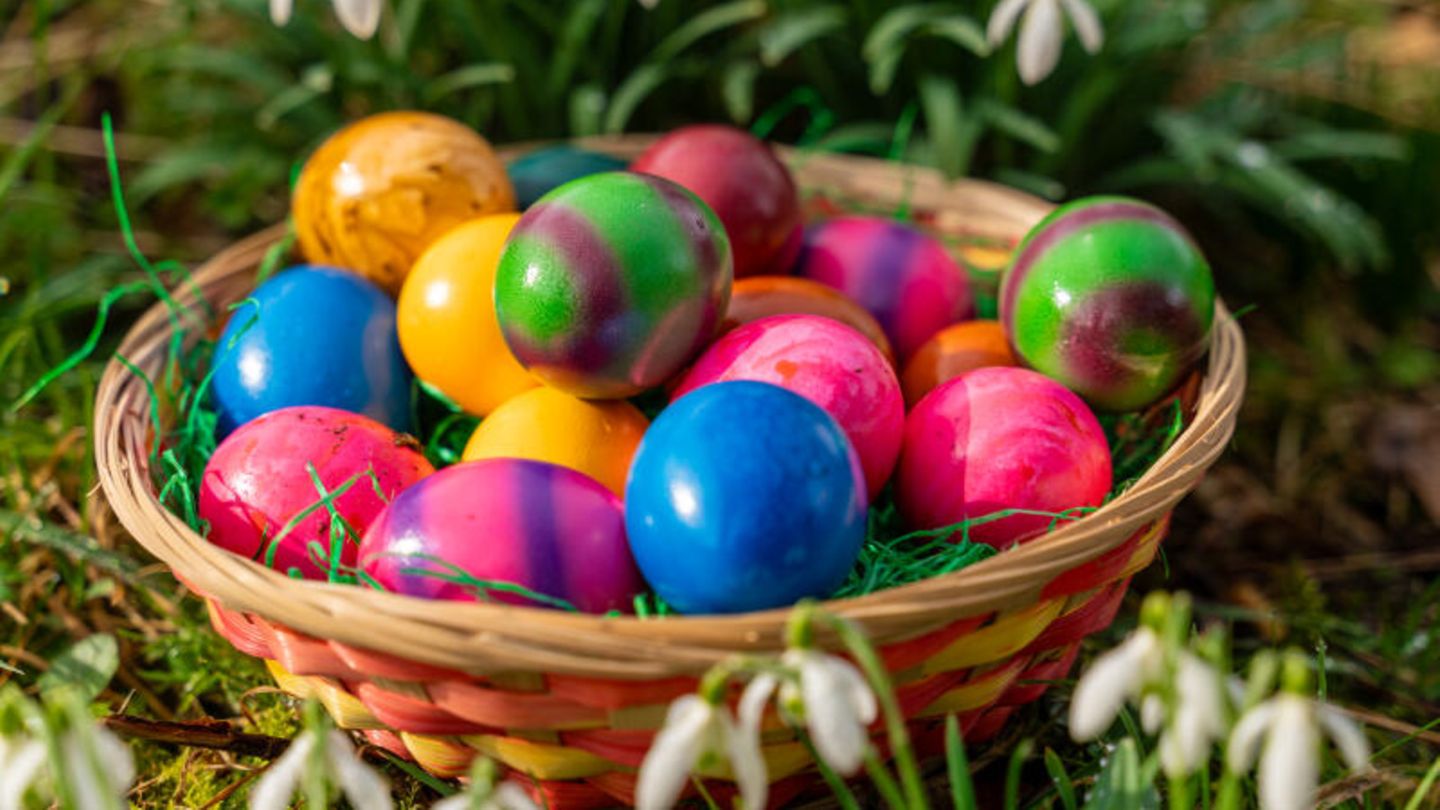No two Easter eggs are the same: tax law recognizes different VAT rates for eggs in a wide variety of states. A guide to Easter.
Every person has their own rituals before important holidays. And sometimes even clubs and associations have their own special traditions. The Taxpayers’ Association, for example, the lobby of all those who are overtaxed, always goes on a slightly different kind of egg hunt in the days before Easter: Which VAT rate applies to which Easter egg?
Admittedly, the research is not that easy. Tax law is as diverse as a colorfully painted Easter egg. Tax rates change from time to time. You can quickly get confused. So here’s the little tax guide for Easter – with the kind support of the Taxpayers’ Association.
Let’s start with a simple category: seven percent VAT is due in the supermarket for the colored and already cooked egg. This is easy to remember. This also applies to the classic, fresh eggs in a carton, as well as those made from chocolate. Seven percent in the supermarket, clear.
Best for hobby farmers for Easter eggs
Those who prefer to buy their eggs directly from the farmer pay a little more tax – or none at all. Sound confusing? But it can be explained. Eggs from farmers usually incur nine percent VAT. Unless the farmer is just a hobby farmer and keeps his chickens for a little extra income. Then he can claim the small business regulation and does not have to pay VAT.
If you thought you were buying from a hobby farmer but then found out you had to pay nine percent, you could turn to the nearest bakery to save tax. The breakfast egg with a sandwich belongs to the seven percent category. If you want to hang wooden or plastic eggs on a few Easter branches as decoration, you will have to pay 19 percent VAT – unless the seller happens to be a hobby crafter.
Yes, a pattern is slowly emerging from all this fuss. There are also said to be people who consume liquid protein to build steeled muscle. 19 percent is also due for this.
Edible or not – that is the question
Easter fans who like to drink may be reassured by the fact that the percentages for eggnog are doubly stipulated: it must contain at least 14 percent alcohol. And 19 percent VAT applies to it, regardless of whether it is drunk in the pub or bought in the supermarket. Everyone still has to decide for themselves the question of how edible the stuff actually is.
Speaking of edible. Incidentally, tax law also recognizes inedible eggs without shells and inedible yolks, as recorded in the Sales Tax Act (UStG), appendix two. It says that these animal products are subject to VAT not seven, but 19 percent. Unfortunately, the law does not say why you should buy rotten eggs without shells and what you could use them for.
Source: Stern
I have been working in the news industry for over 6 years, first as a reporter and now as an editor. I have covered politics extensively, and my work has appeared in major newspapers and online news outlets around the world. In addition to my writing, I also contribute regularly to 24 Hours World.




